Suborder Serpentes Scientific name Leptotyphlopidae Order Scaled reptiles | Subphylum Vertebrata Infraorder Scolecophidia Phylum Chordata Rank Family | |
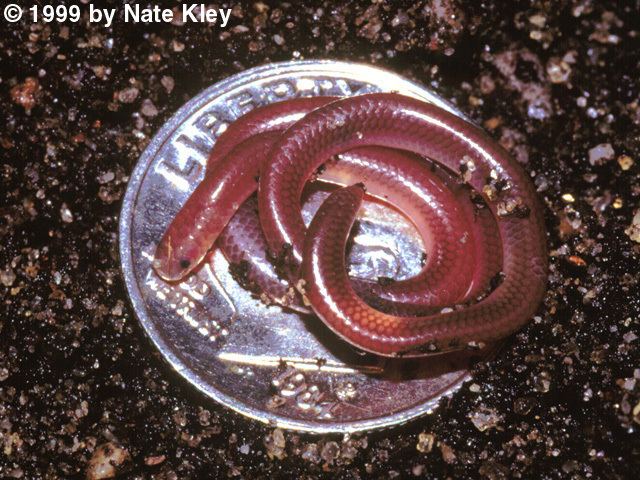 | ||
Length Barbados threadsnake: 10 cm Lower classifications Leptotyphlops, Barbados threadsnake, Leptotyphlops dulcis, Leptotyphlops humilis | ||
Epictia munoai antes leptotyphlops munoai leptotyphlopidae en chajar
The Leptotyphlopidae (commonly called slender blind snakes or thread snakes) are a family of snakes found in North and South America, Africa, and Asia. All are fossorial and adapted to burrowing, feeding on ants and termites. Two genera are recognized comprising 87 species.
Contents
- Epictia munoai antes leptotyphlops munoai leptotyphlopidae en chajar
- Leptotyphlopidae how to pronounce it
- Description
- Geographic range
- Habitat
- Feeding
- Reproduction
- Genera
- References
Leptotyphlopidae how to pronounce it
Description
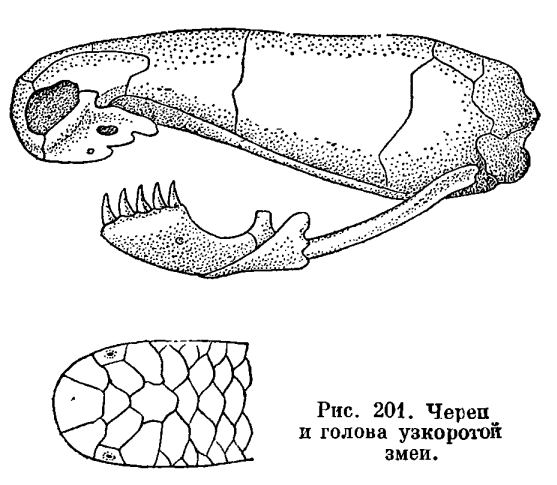
These relatively small snakes rarely exceed 30 cm in length; only Leptotyphlops macrolepis and L. occidentalis grow larger. The cranium and upper jaws are immobile and no teeth are in the upper jaw. The lower jaw consists of a much elongated quadrate bone, a tiny compound bone, and a relatively larger dentary bone. The body is cylindrical with a blunt head and a short tail. The scales are highly polished. The pheremones they produce protect them from attack by termites. Among these snakes is what is believed to be the world's smallest: L. carlae (Hedges, 2008).
Geographic range
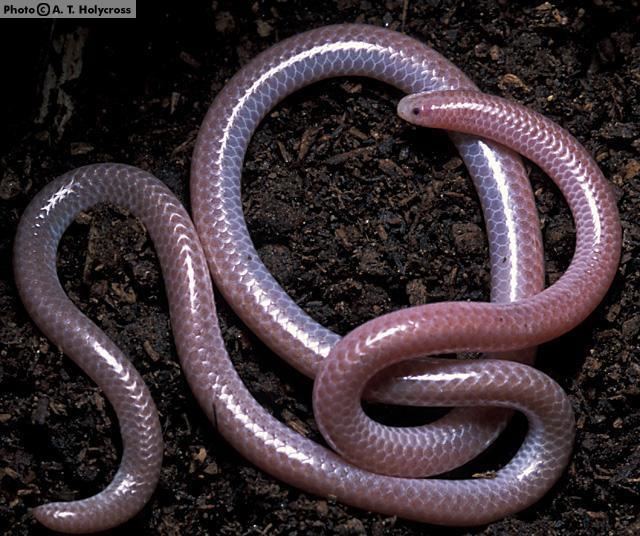
These snakes are found in Africa, western Asia from Turkey to eastern India, on Socotra Island, and from the southwestern United States south through Mexico and Central America to South America, though not in the high Andes. In Pacific South America, they occur as far south as southern coastal Peru, and on the Atlantic side as far as Uruguay and Argentina. In the Caribbean, they are found on the Bahamas, Hispaniola, and the Lesser Antilles.
Habitat
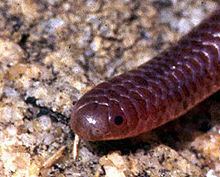
They occur in a wide variety of habitats from arid areas to rainforest, and are known to occur near ant and termite nests.
Feeding
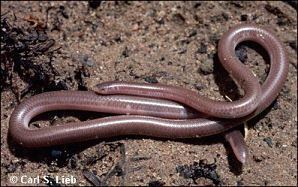
Their diets consist mostly of termite or ant larvae, pupae, and adults. Most species suck out the contents of insect bodies and discard the exoskeleton.
Reproduction
Snakes in this family are oviparous.
Genera
T Type genus.
